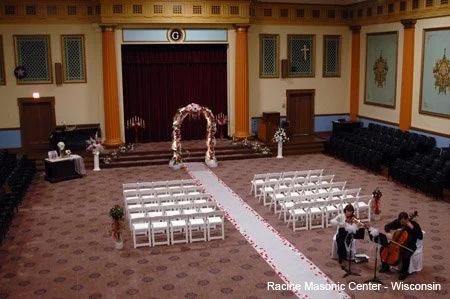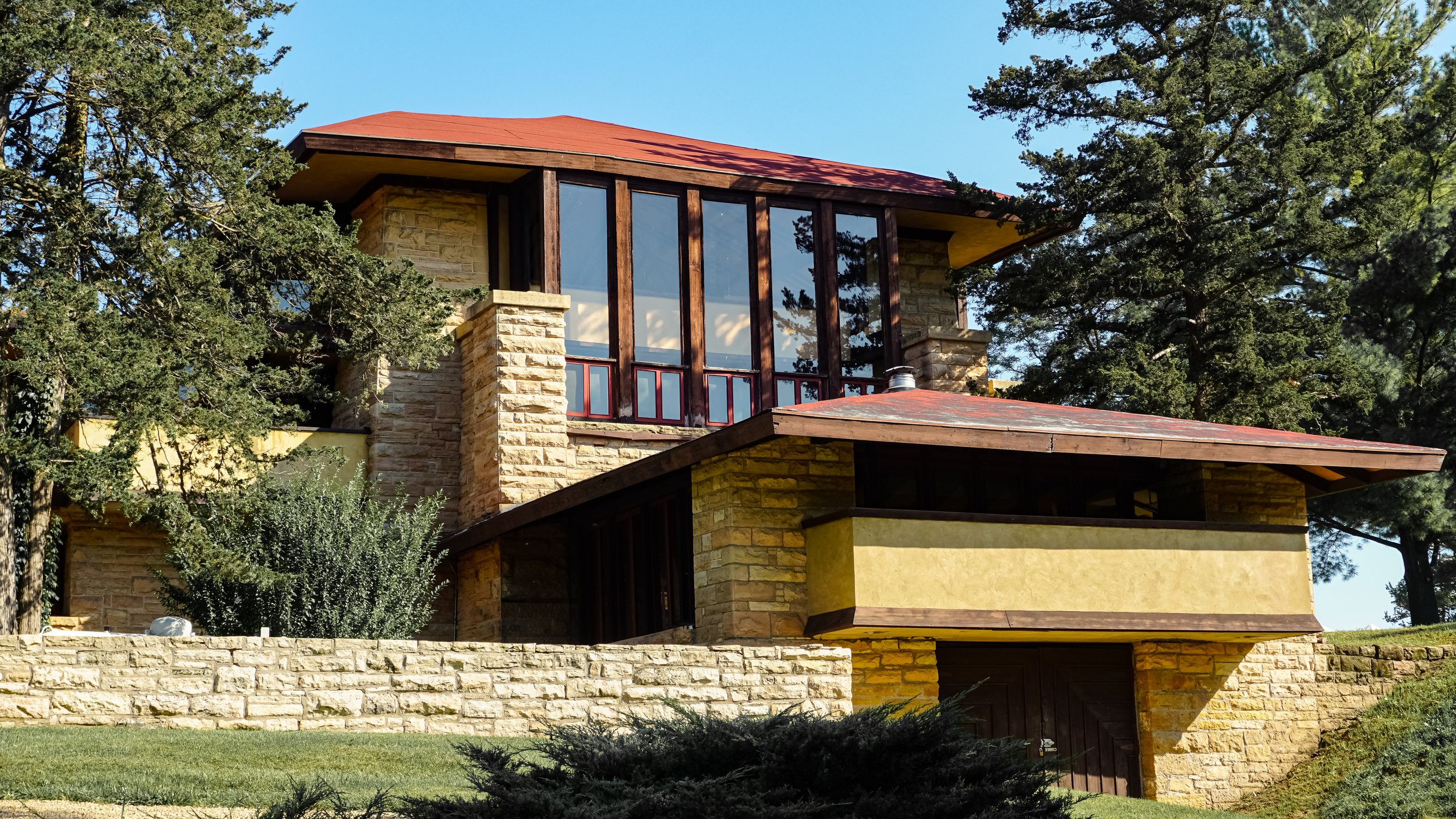The Racine Masonic Center, also known as the Henry Durand House, is heading to absolute auction on November 6, 2025 — a once-in-a-lifetime chance for a new steward to take on one of Racine’s most distinctive landmarks.
Historical Significance
Built in 1856 as an Italianate cream brick mansion for Henry Durand.
In 1922, the Masons expanded it with an Egyptian Revival–style temple wing, featuring lotus and papyrus motifs, a winged Masonic symbol, and striking architectural details.
Notable interior details historically included 11 fireplaces, Philippine mahogany woodwork, and even a Tiffany-glass dome in the shower.
Listed as a contributing structure in the Southside Historic District, on both the National and State Registers of Historic Places.
A Landmark Property
Over 43,000 square feet across four stories, with prime downtown Racine frontage and views of Lake Michigan.
Vacant and adaptable for many uses: nonprofit, cultural center, business offices, mixed-use redevelopment, or another creative reimagining.
Because this is an absolute auction, the property will sell on November 6 — no reserve, no minimum.
Incentives for Preservation
Owners pursuing appropriate rehabilitation could be eligible for:
The Federal Historic Rehabilitation Tax Credit (20% of qualified expenditures).
The Wisconsin Historic Tax Credit, (20% of qualified expenditures).
Together, these incentives can make preservation not only visionary but also financially viable.
Our Call to Action
The Wisconsin Trust for Historic Preservation is committed to helping this property find a conscientious owner — whether nonprofit, business, or civic-minded individual. We can offer guidance on:
Navigating historic tax credits
Preservation planning
Building community support
Mark your calendar: November 6, 2025.
Learn more from the Wisconsin Historical Society listing and Founders 3 brokerage listing.
If you’re interested in helping secure this building’s future, or in learning more about how we can support preservation-minded buyers, please reach out. Let’s ensure the Racine Masonic Center begins its next chapter in caring hands.













